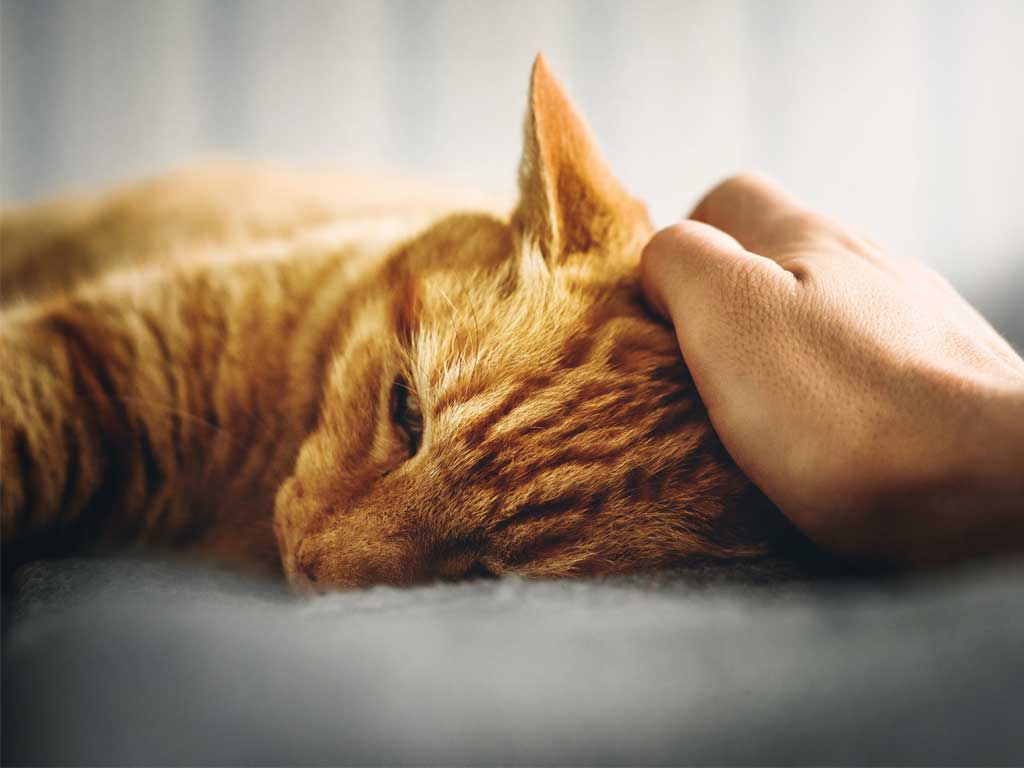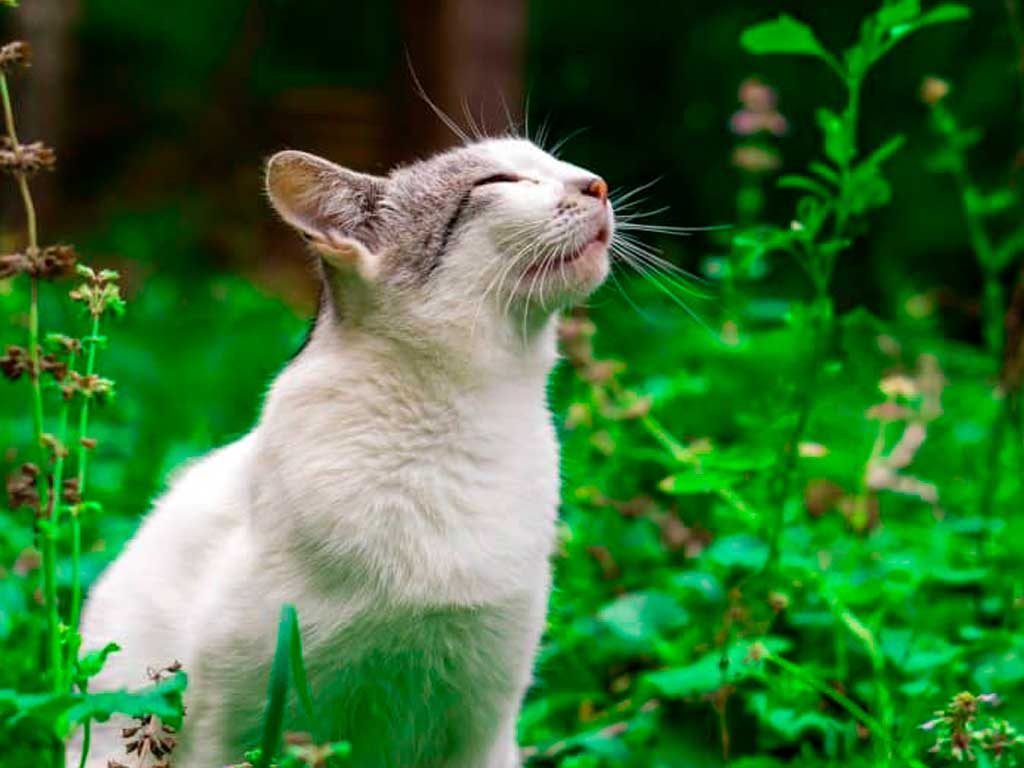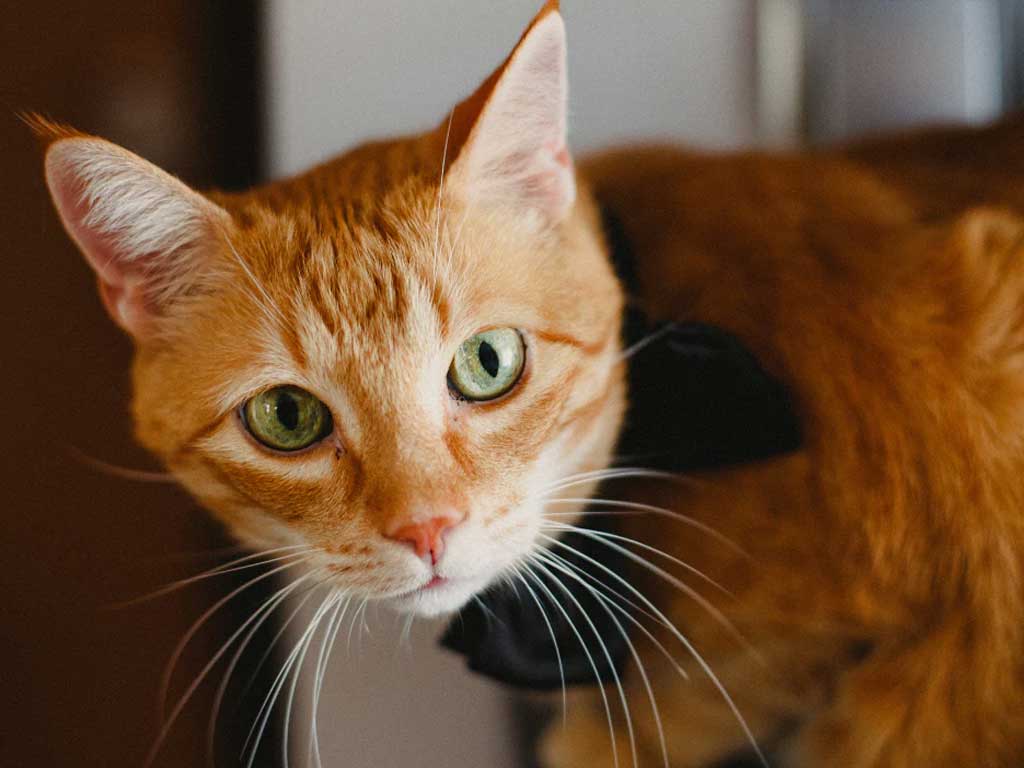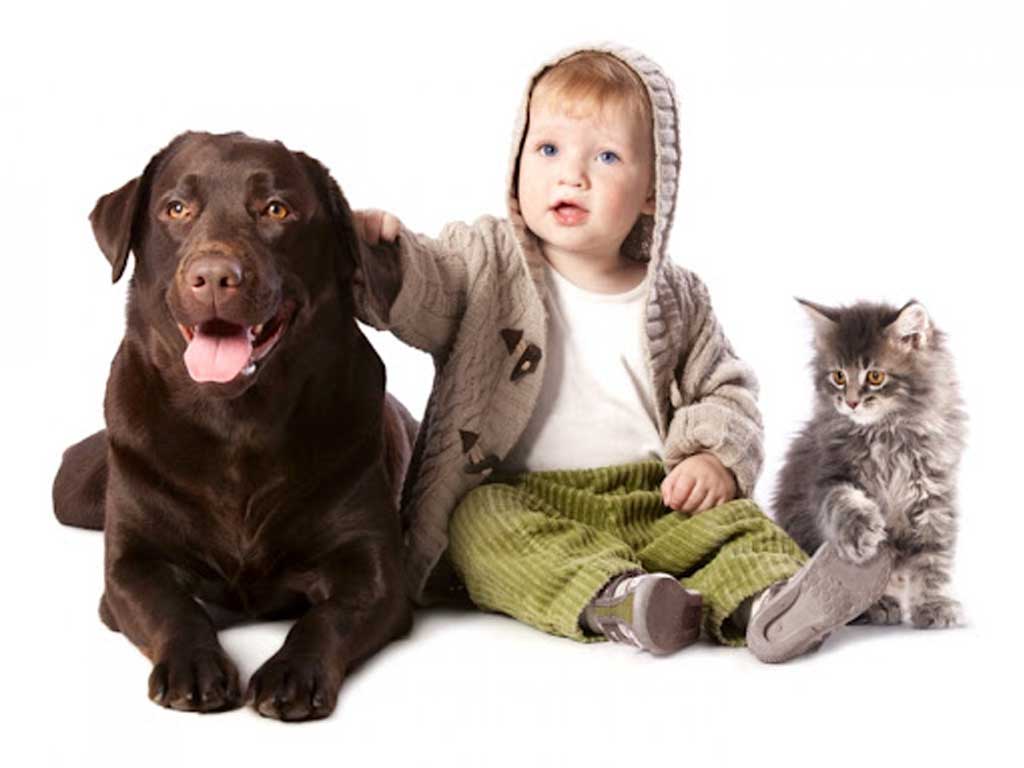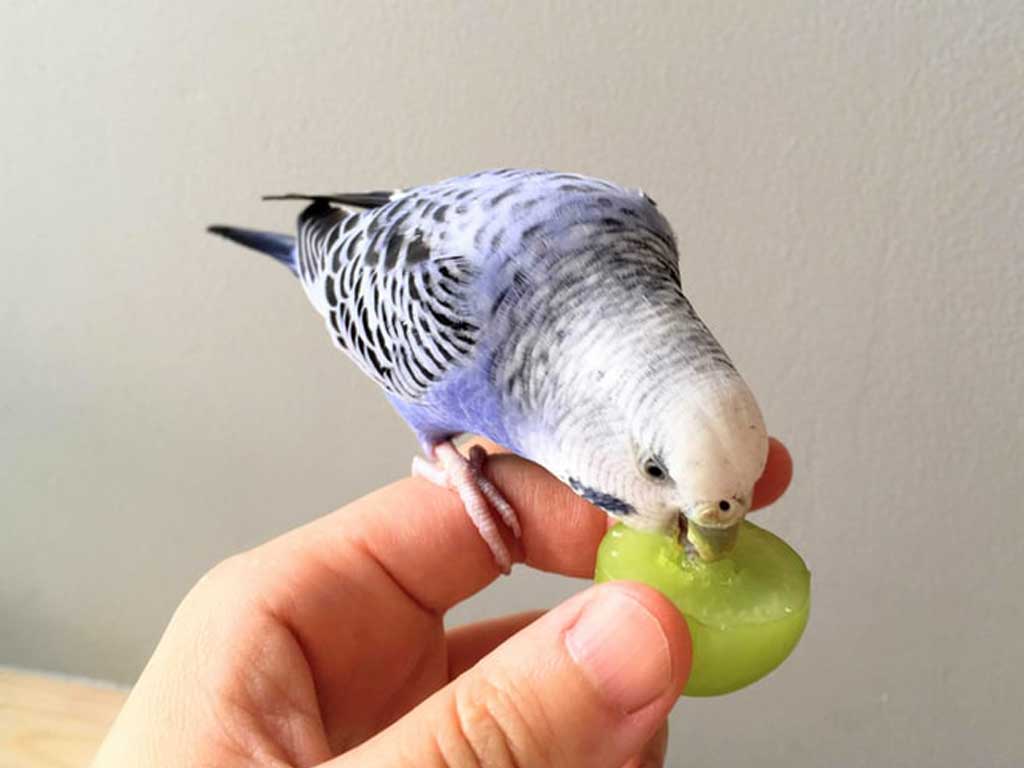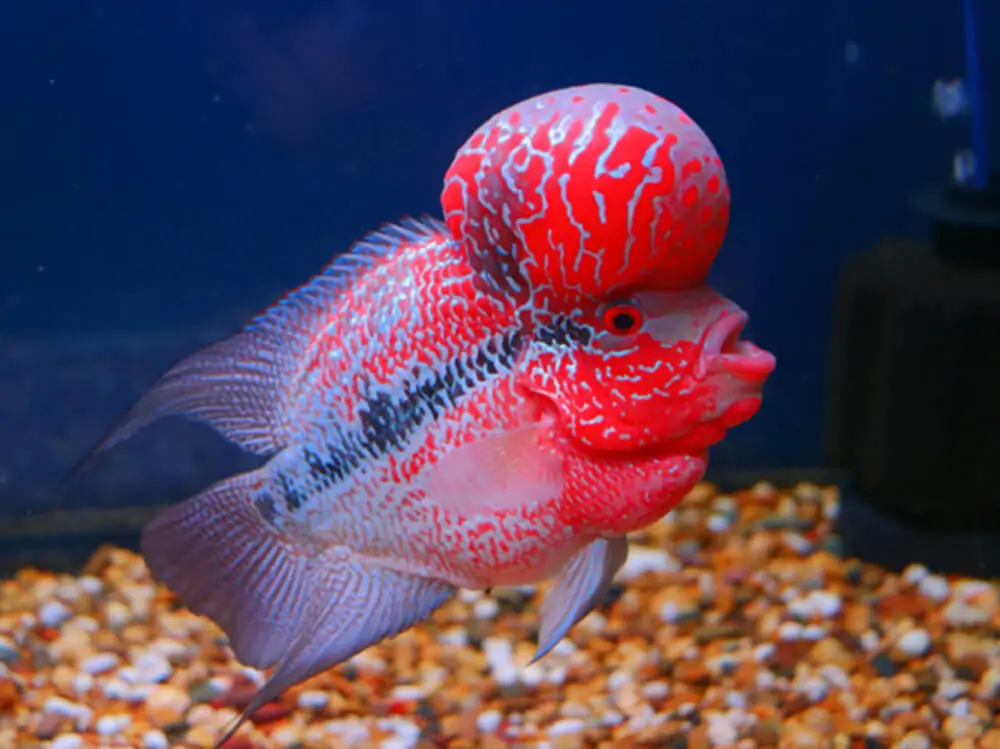It can be distressing for cat owners to witness their beloved pet asking for food but refusing to eat once it’s served. This behavior often sparks concern and confusion. Many cat owners report that their feline companions meow persistently for food, only to sniff it and walk away. This puzzling pattern can indicate underlying medical issues rather than simple fussiness or behavioral quirks.
In many cases, this is not a sign of anxiety or psychological distress but rather points to a specific group of health problems that require attention. Here’s a comprehensive guide to understanding why your cat may act hungry but not eat, and what steps you can take to address the issue.
Oral Pain and Dental Disease
One of the most common reasons why a cat may ask for food and then not eat is due to pain in the mouth. If a cat appears eager to eat but stops after sniffing or licking the food, it may be experiencing discomfort that prevents it from chewing or swallowing.
Common Oral Conditions:
- Periodontal Disease: Early signs include redness or swelling at the base of the teeth. This condition can cause significant pain.
- Stomatitis: A chronic inflammation of the gums. The entire gum line may appear severely reddened. Cats with stomatitis may try to eat but immediately recoil due to pain.
- Mouth Injuries: Cats may suffer from hidden injuries inside the mouth, possibly from fighting or biting something sharp. These injuries might not be visible externally but can be very painful.
- Oral Lumps and Bumps: Swellings inside the mouth could indicate abscesses or tumors. An abscess is often the result of a bacterial infection and can be treated with antibiotics and sometimes requires surgery.
If your cat exhibits any of these signs, it’s critical to examine their mouth and consult a veterinarian. Professional diagnosis and treatment are essential.
Antibiotic Treatments for Oral Infections
When an oral infection is diagnosed, the standard treatment often involves a specific antibiotic combination that is effective for oral bacteria.
Recommended Antibiotics:
- Metronidazole and Spiramycin: This combination is highly effective and commonly prescribed under the brand name Stomorgyl for pets, or Rodogyl in human medicine. It is especially useful in treating infections caused by dental extractions or gum disease.
- Amoxicillin with Clavulanic Acid: Another option, typically administered at 10 mg/kg every 8 to 12 hours. Though effective, it may be less targeted than the metronidazole and spiramycin combo for oral bacteria.
Only a licensed veterinarian should prescribe and supervise antibiotic treatment. Never medicate your cat without professional advice.
Gingivostomatitis: A Severe Oral Inflammation
Gingivostomatitis is a more intense version of oral inflammation that combines both gingivitis (gum inflammation) and stomatitis. It often presents with an extremely red and swollen mouth, which can be alarming at first glance.
This condition is frequently linked to viral infections:
- Feline Calicivirus
- Feline Retroviruses (like FIV or FeLV)
The pain and discomfort caused by gingivostomatitis can make it physically difficult for cats to eat. Even though they feel hunger, the memory of the pain from previous eating attempts may discourage them from trying again.
Treatment Options:
- Anti-inflammatory Medications: Non-steroidal anti-inflammatories like meloxicam may be prescribed to reduce pain and inflammation.
- Veterinary Consultation: Persistent cases require thorough diagnostics and often a tailored treatment plan that may include antivirals or more aggressive interventions.
Mechanical and Orthopedic Issues in the Mouth
In some cases, the refusal to eat may be due to structural problems within the mouth or jaw, rather than soft tissue inflammation.
Potential Mechanical Issues:
- Jaw Luxations: Dislocation of the jaw can make chewing or swallowing impossible.
- Fractures: Even if not visible externally, a closed fracture in the jaw can be immensely painful and debilitating.
These conditions typically require:
- Radiographs (X-rays) to assess internal damage.
- Surgical Intervention in severe cases.
Prompt veterinary attention is crucial, as leaving such issues untreated can lead to further complications and prolonged suffering.
Feeding Strategy During Recovery
While diagnosing and treating the underlying cause, it’s important to ensure your cat continues to receive adequate nutrition.
Feeding Recommendations:
- Avoid Using Treats as Bribes: Giving treats may temporarily satisfy your cat’s hunger but reduce their interest in proper meals.
- Opt for Soft, Easily Digestible Foods: Avoid dry kibble or hard food. Offer soft, high-moisture foods that are easier to swallow.
- Small Frequent Meals: These can help encourage eating without overwhelming your cat.
Also, be patient and compassionate. Your cat might approach food with interest, then back away—this behavior reflects a fear of pain, not stubbornness.
Importance of Oral Hygiene
Maintaining good oral hygiene is essential, particularly when your cat is experiencing or recovering from oral health issues.
Cleaning Tips:
- Use a Finger Brush: These are easier to maneuver and less intimidating than traditional brushes.
- Disinfect with Chlorhexidine: Dilute chlorhexidine to 50% with water and gently clean your cat’s mouth. Even one minute of cleaning can significantly reduce harmful bacteria.
- Avoid Sticky Foods: Wet foods can linger between teeth and worsen infections if not cleaned properly.
Consistency is key. While brushing your cat’s teeth daily may seem daunting, even minimal efforts can improve their oral health and prevent recurrence.
When your cat asks for food but doesn’t eat, it’s rarely a behavioral issue. More often, it points to underlying pain or discomfort, especially in the mouth. Whether it’s due to gum disease, oral injuries, inflammation, or even jaw problems, early diagnosis and treatment are crucial.
Working closely with your veterinarian and adjusting feeding and hygiene habits at home can make a world of difference. Always monitor your cat’s behavior, and don’t hesitate to seek professional help if their eating habits change suddenly.
By understanding the possible medical causes and acting promptly, you can help your feline friend recover and regain a healthy, happy appetite.
Frequently Asked Questions (FAQs)
1. Why does my cat beg for food but then walk away without eating?
This behavior is often due to oral pain or discomfort. Conditions like periodontal disease, stomatitis, or oral injuries can make eating painful, causing your cat to avoid food even when hungry.
2. What should I feed my cat if it has mouth pain?
Offer soft, moist, and easily digestible foods. Avoid dry kibble or hard treats. Small, frequent meals can help keep your cat nourished while minimizing discomfort.
3. Can I use human antibiotics on my cat?
No. Never administer medications without veterinary guidance. Some human drugs can be toxic to cats. Always consult your vet for appropriate prescriptions.
4. How can I clean my cat’s mouth at home?
Use a diluted chlorhexidine solution (50% water) and a finger brush to gently clean your cat’s teeth and gums. Even a minute of cleaning daily can help reduce bacteria.
5. When should I take my cat to the vet?
If your cat consistently avoids eating despite showing interest in food, you should consult a veterinarian immediately. Oral health issues can escalate quickly without treatment.
This article is intended to provide general guidance and help you be better prepared. However, it is not a substitute for professional veterinary care. If your cat stops eating or shows signs of pain, you should urgently consult a veterinarian. Delays in seeking care can lead to serious complications, so do not wait.

